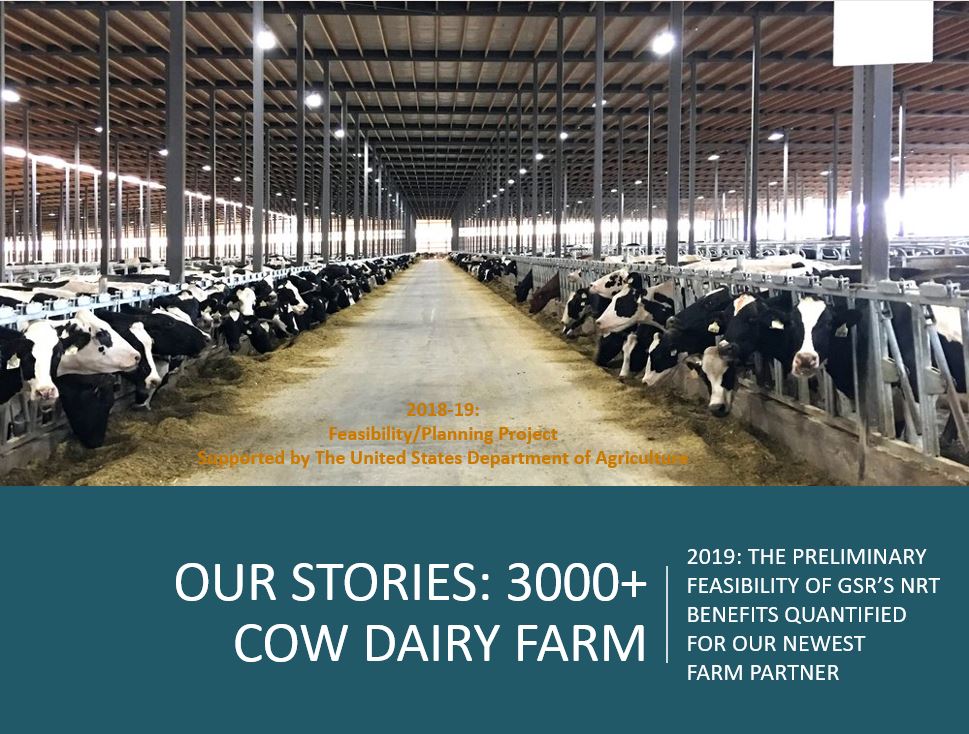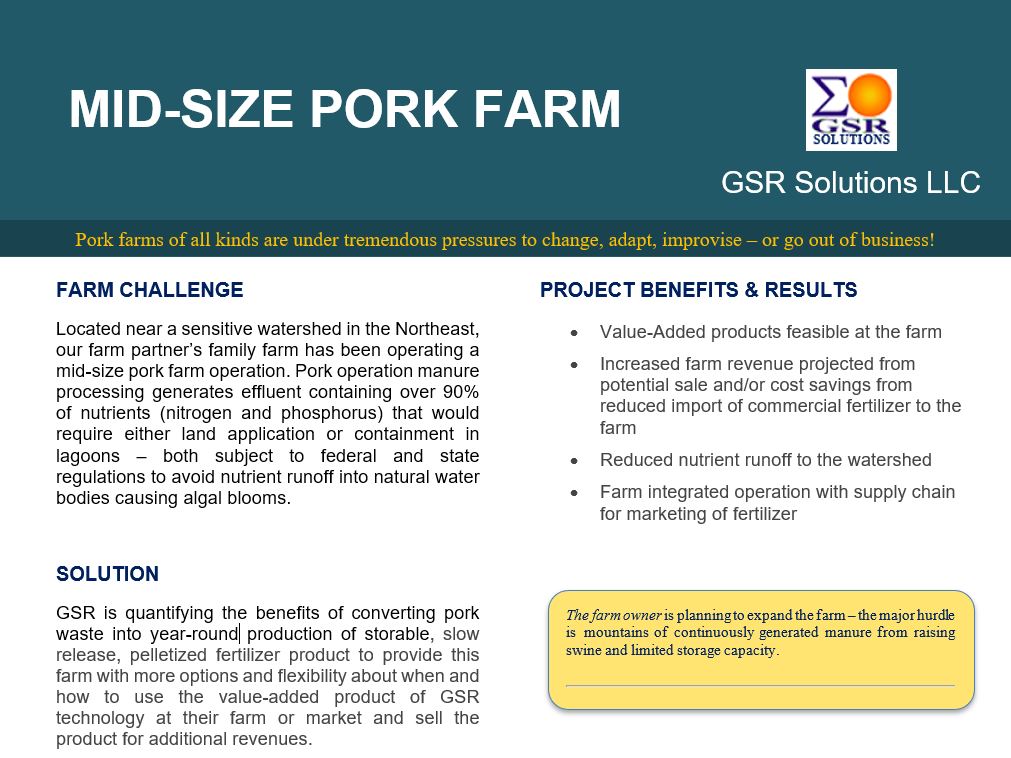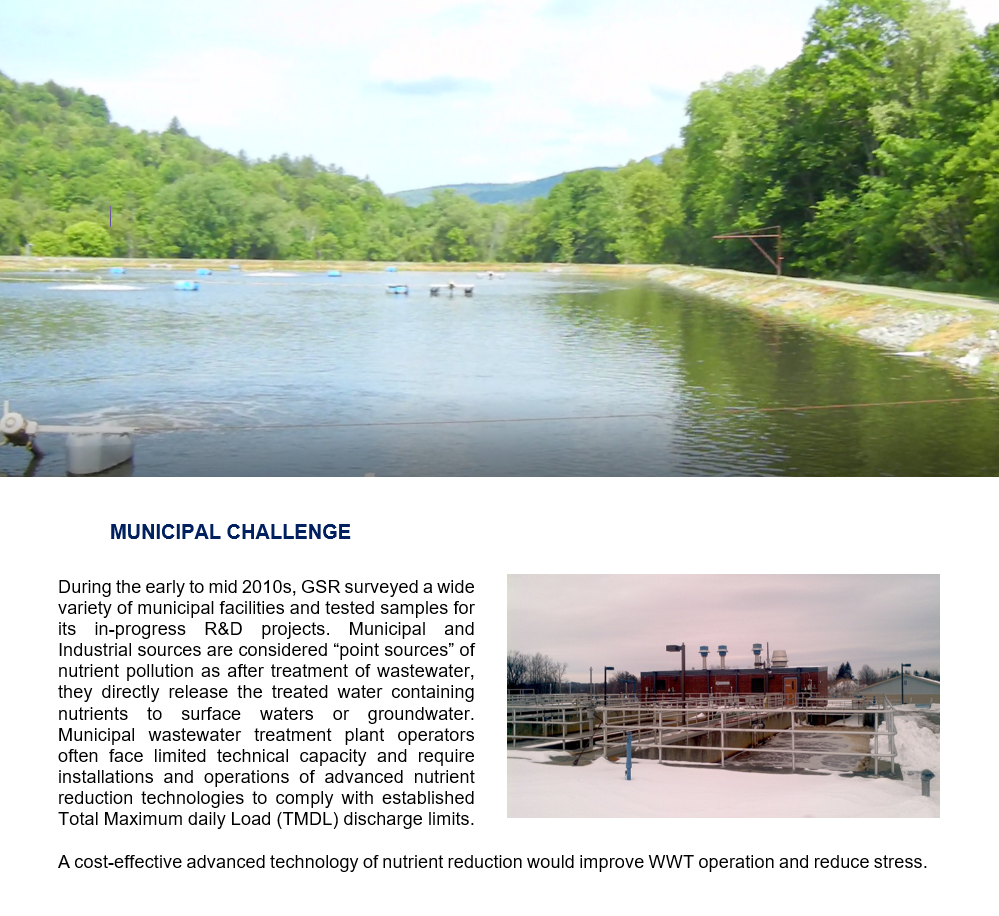Every year, livestock producers have to manage over a billion tons of animal manure by expensive means. The Nutrient Recycling Challenge includes Federal agencies as well as dairy & pork industry stakeholders seeking a solution... Read more
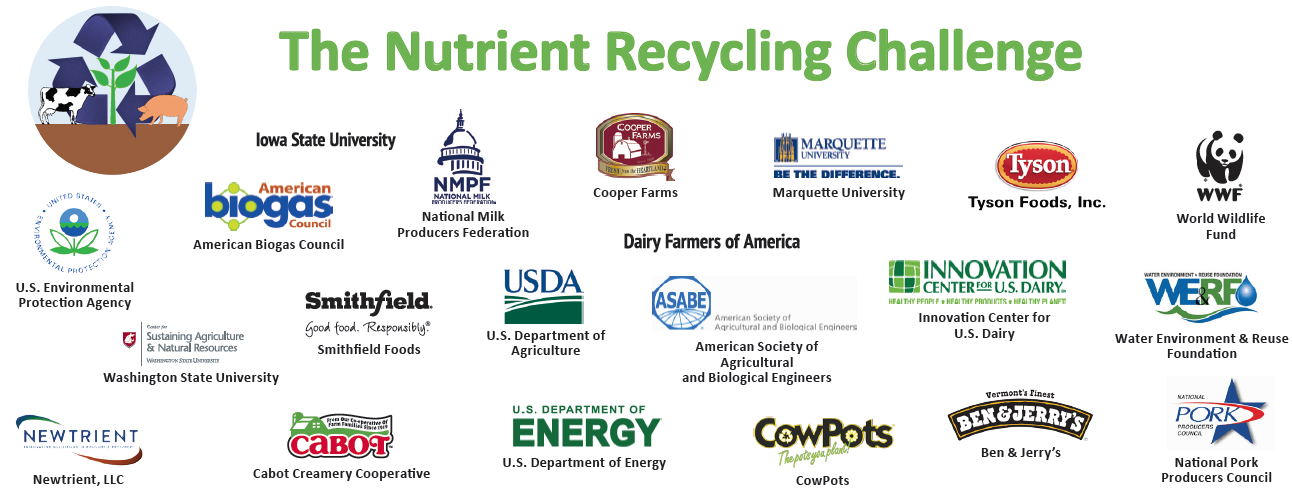
The trade association for the U.S. biogas industry, applauds the bill (the Agriculture Environmental Stewardship Act - HR 5489) which will increase the sustainability of farms by helping to deploy new nutrient recovery and biogas systems to recycle organic material into baseload renewable energy and healthy soil products. The Act provides a 30 percent investment tax credit (ITC) for qualifying biogas and nutrient recovery systems. To have both healthy watersheds and soils, sustainable agricultural practices are critical. If excessive amounts of nutrients are applied to soils within the short windows available between planting crops, the nutrients often do not have an opportunity to be used by the crop and run into waterways especially during heavy rains that often occur in spring and fall. The excess nutrients can then create harmful algal blooms that starve fish and desirable aquatic plants of the oxygen they need to thrive. More Here
Problem: Biogas production generates nutrient rich effluent that either requires spreading over fields or further treatment to prevent excessive nutrient runoff.
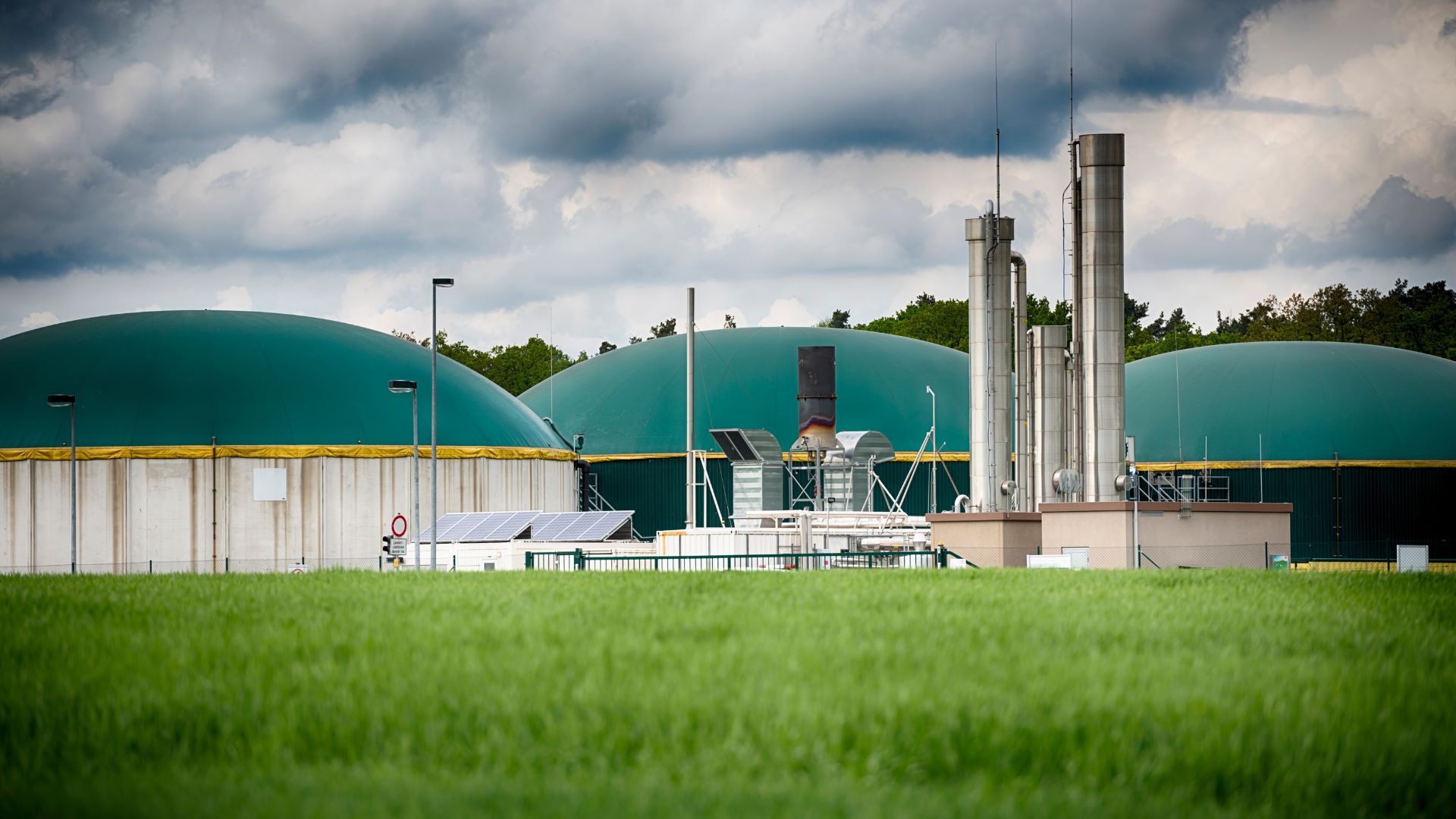
Many dairy farmers are facing increasing pressure to upgrade their manure management systems due to new regulations and inadequate land area to absorb manure nutrients. More Here
Problem: Cost-effective solutions for manure management have been a challenge since off-site disposal is highly cost-intensive and on-site treatment technologies are limited.
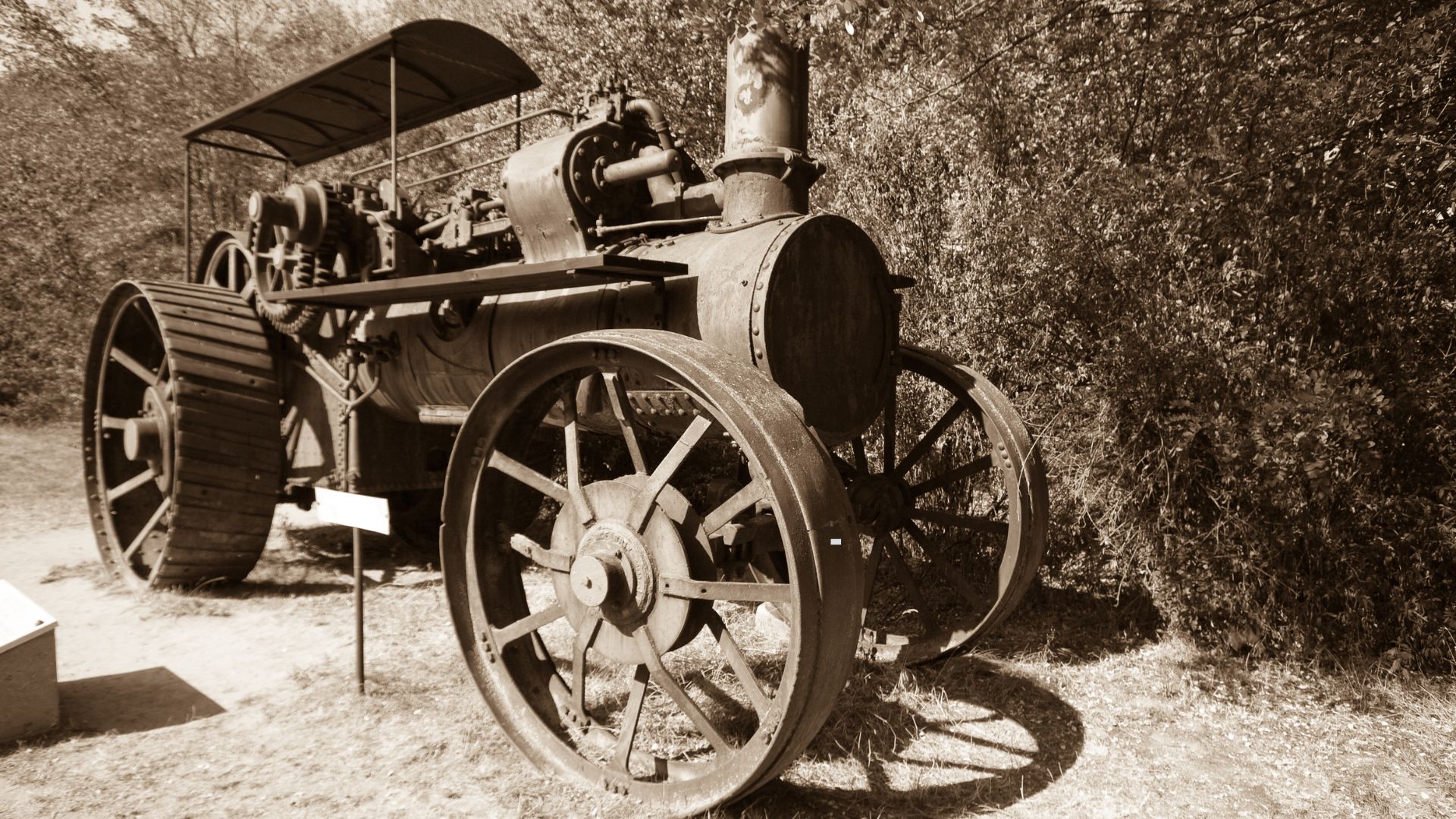
Ben & Jerry’s Caring Dairy™ programme, with over 300 participating farms in America and Europe, is helping farmers to make a difference from soil to sunshine and everything in between. For dairy cows, only 20% of the nutrients they consume are exported from the farm in milk. Much of the remainder is excreted in manure and urine. Dairy farms can take advantage of this nutrient cycling by growing high quality crops using soil nutrients, feeding those crops to dairy cows to make milk, and then using the manure and other materials, such as bedding, to return nutrients to the soil to grow more high quality crops. More Here
CEO, it's noted, "Ben & Jerry's recognizes that we are connected to the farms in the Lake Carmi watershed. Our Caring Dairy farm program, which we implement through the St. Albans Cooperative, has members in the Lake Carmi watershed More Here

Co-op is Nationally Recognized We have been recognized as a business that exemplifies the triple bottom line of sustainability: good for business, the community and the environment. More Here
Problem: Cabot Creamery has no way to treat its wastewater at its Cabot facility, so it is stored in silos on-site then trucked to be sprayed on fields and injected into manure pits in 33 Vermont towns. On its website, Cabot Creamery quotes former cooperative executive Shawn Bryan as saying, "According to all environmental evaluation and study, including Vermont's Agency of Natural Resources, the upper Winooski River would not ever be able to assimilate treated wastewater from the town and the creamery. This was true in the 1980s and it is still true today. We have investigated every waste treatment technology that is developed or proposed. Land spreading remains our best option." More Here
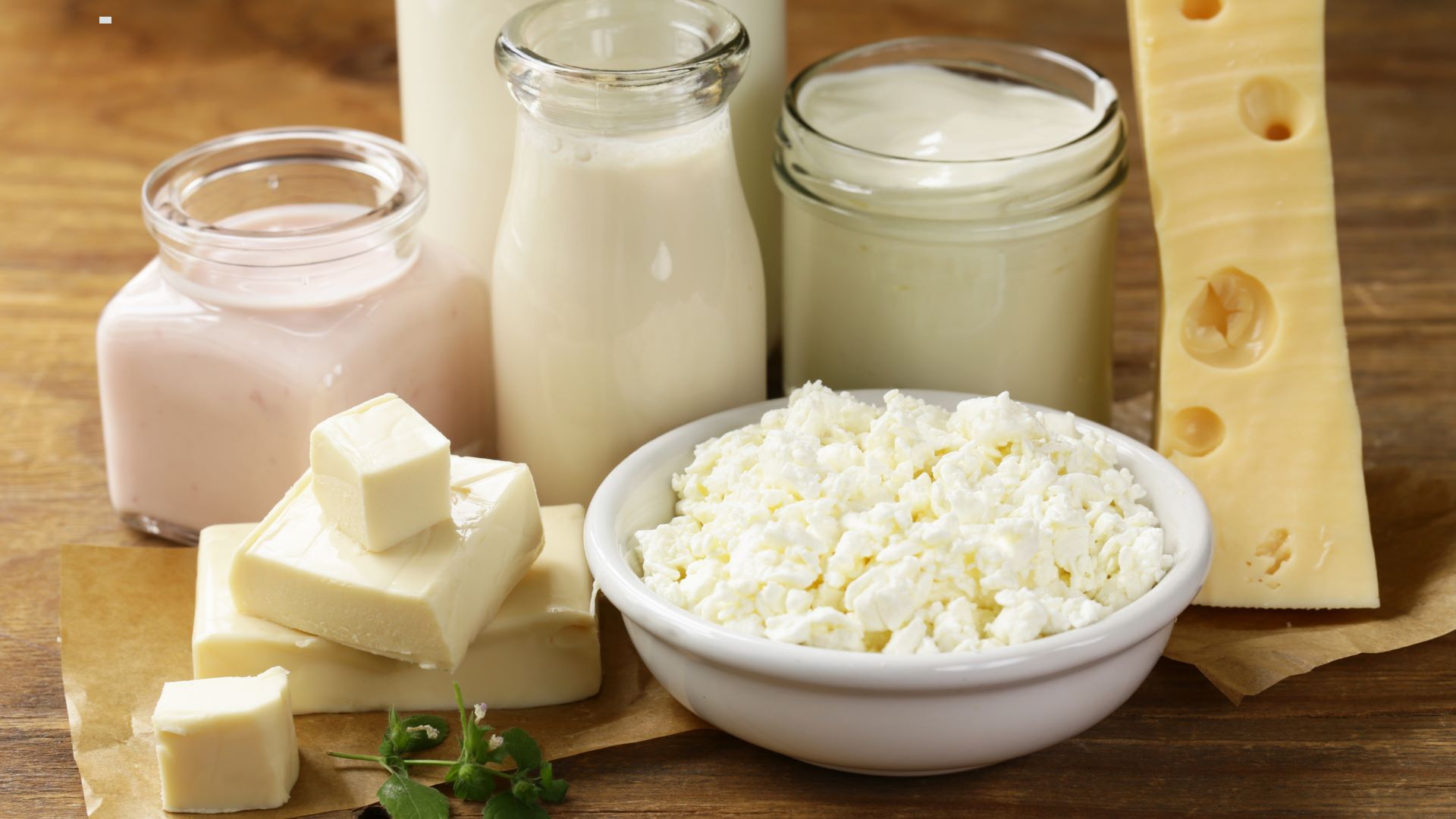
A diverse, vertically integrated company, Cooper Farms consists of two divisions involving four locations, each with an important role. The Live Animal Division is responsible for overseeing the care of our animals while they mature, and for manufacturing the feed that keeps our animals healthy and strong.
The U.S. Poultry & Egg Association recognized Cooper Farms contract turkey growers, Tom and Lisa Lefevre, with the Family Farm Environmental Excellence Award, North Central Region. The Lefevres go above and beyond in all that they do, and environmental stewardship is no exception. Projects such as the creation of a comprehensive nutrient management plan through the USDA’s Department of Natural Resources Conservation Service, proper manure application with routine manure and soil sampling, construction of retention ponds which capture runoff water and irrigate water in the summer month and installation of specialized waterways and filter strips to reduce soil erosion and much more. More Here
Problem: Members of the House Agriculture and Rural Development Committee held their first public hearing of the year Jan. 29, where they fielded public comment about new legislation to help control nutrient runoff from farmers’ fields. Meeting at Cooper Farms in Van Wert, the committee listened to farmers and farm organizations talk about the benefits and consequences of new rules and bans that could affect how farmers are allowed to apply manure and other fertilizers. More Here
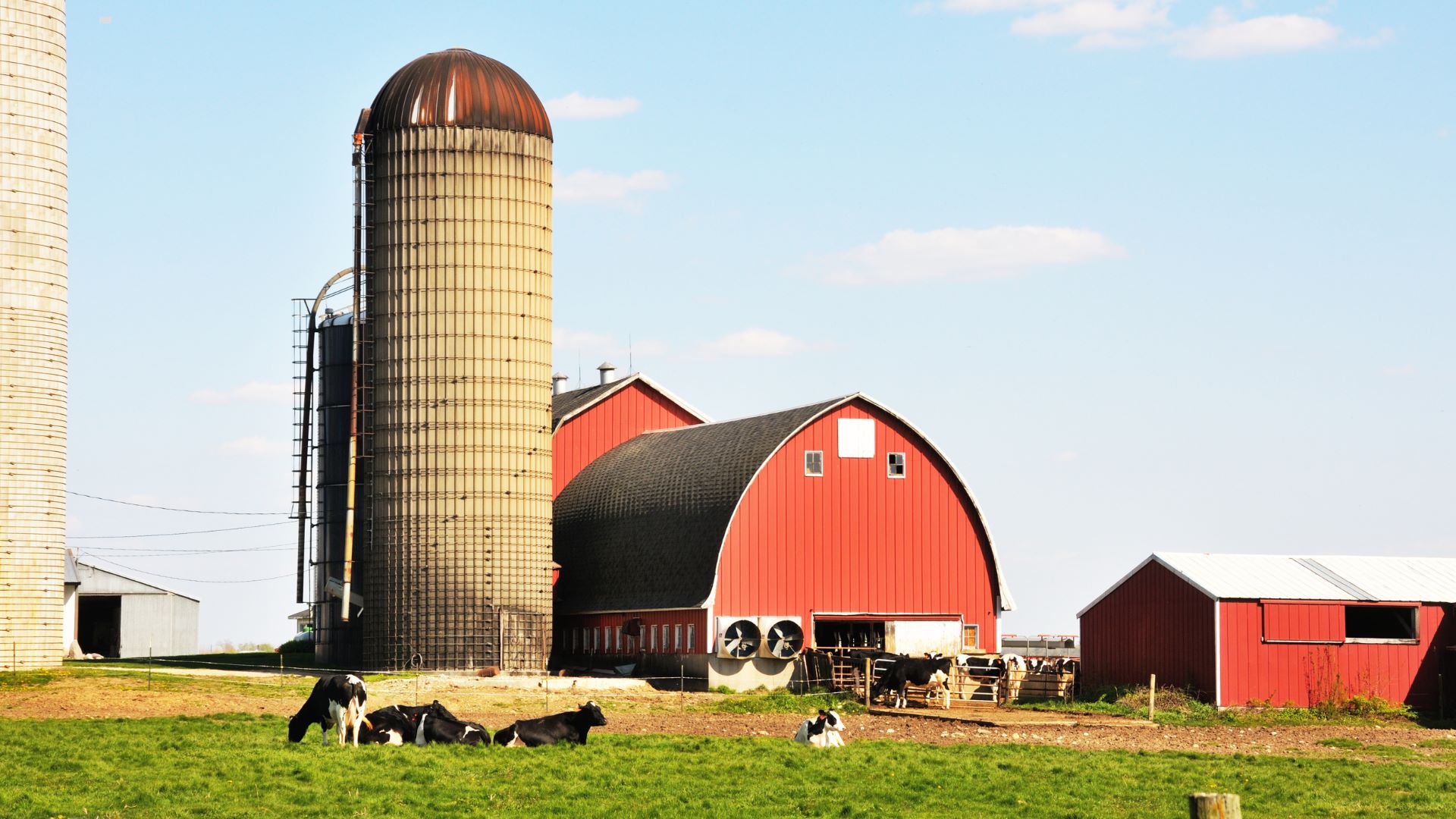
Brothers Matt and Ben Freund are second generation dairy farmers in the northwest hills of Connecticut. In the dairy industry one of the most challenging jobs is to manage the nutrient stream in an environmentally sound manner. Freund’s Farm was one of the first in the state to store manure to apply in a timely fashion to optimize crop nutrient uptake. More Here
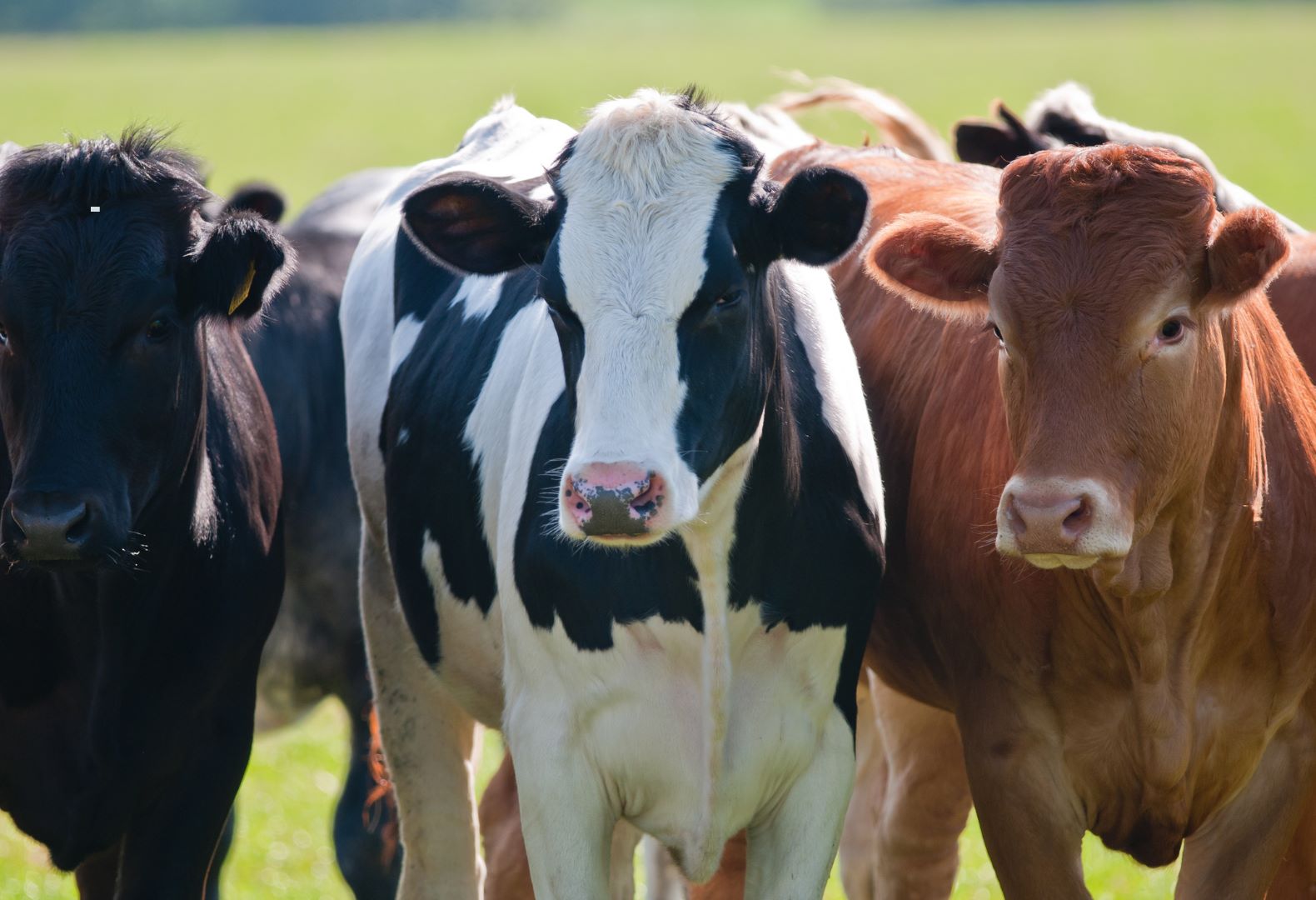
To proactively answer the needs of consumers, retailers and processors, Dairy Farmers of America developed the Gold Standard Dairy Program in 2007 and is continuously evolving it to ensure best practices and emerging areas of interest on dairy farms are understood. The on-farm evaluation assesses areas, such as animal care and wellness, environmental stewardship, employee training, and milk safety and quality. “Animal care has always been a topic important to people,” says David Darr, vice president of sustainability and general manager of Farm Services. “Things like environmental stewardship, water use, manure management and employee training are becoming more prevalent from customers who ask questions.” More Here
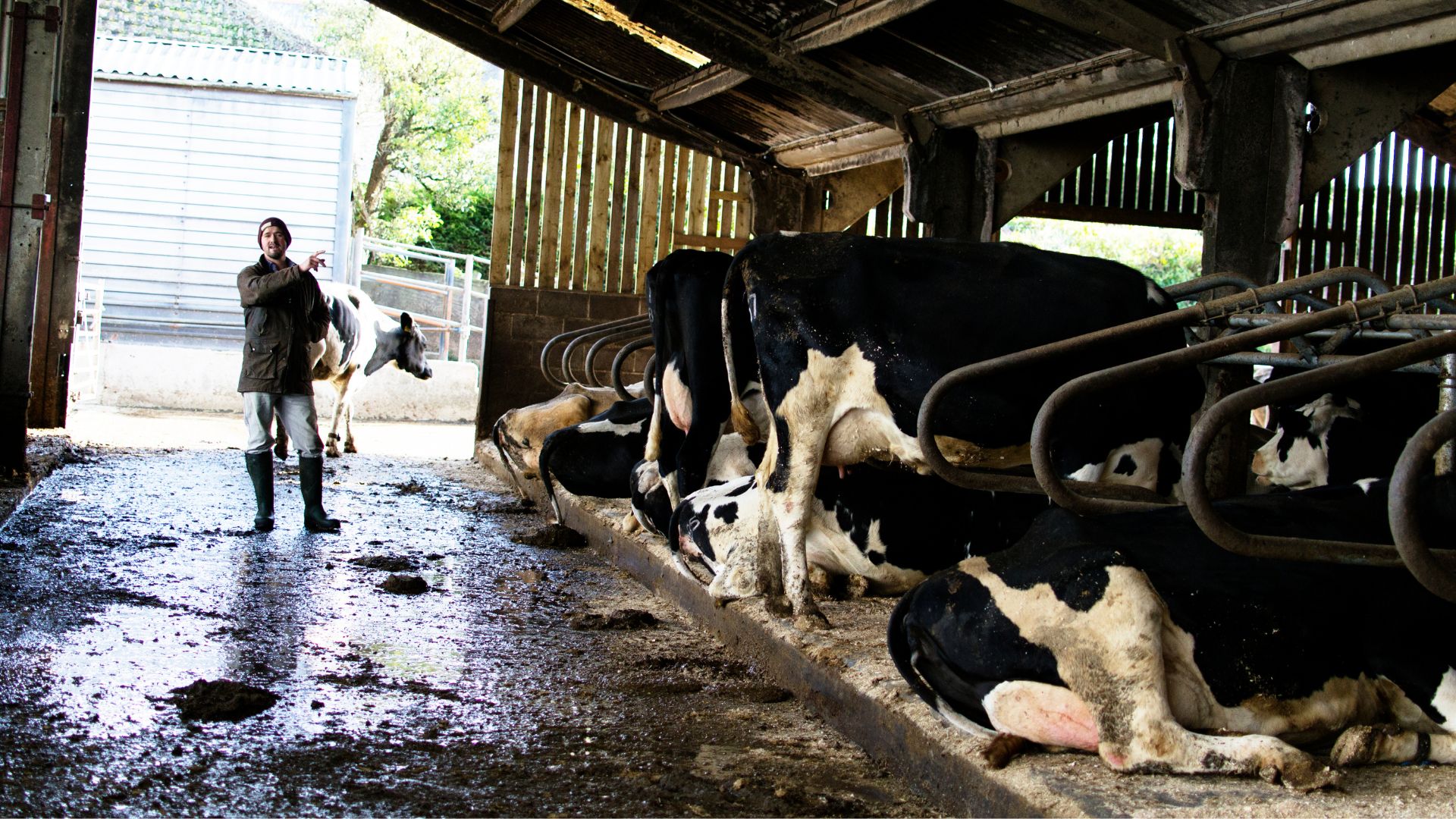
The Innovation Center for U.S. Dairy announced its
seventh annual U.S. Dairy Sustainability Award
winners during a May 16 ceremony at the Morton
Arboretum in Lisle, Ill., outside of Chicago.
Judges evaluated nominations based on their
economic, environmental and community impact. The
independent judging panel — including leading dairy
conservation and commercial experts — also
considered innovation, scalability and
replicability.
“As a dairy farmer, I’m extremely proud of the
innovation these award winners have demonstrated
across the dairy community,” said Marilyn Hershey,
Pennsylvania dairy farmer and chair of the Dairy
Management Inc. board of directors. “These
progressive practices highlight the dairy industry’s
commitment to improving the land, caring for the
animals, and doing more with less.”
More Here

Fresh water, clean air and healthy soils are essential to producing high-quality, safe milk, making protecting the environment a top priority for U.S. dairy farmers. Dairy farmers continue to face regulatory and financial challenges in their efforts to reduce greenhouse gas emissions and increase the sustainability of their resource use. Policy solutions must be flexible and cost-effective to meet the unique needs of each producer and the communities they operate. More Here
Image Source: National Milk Producers Federation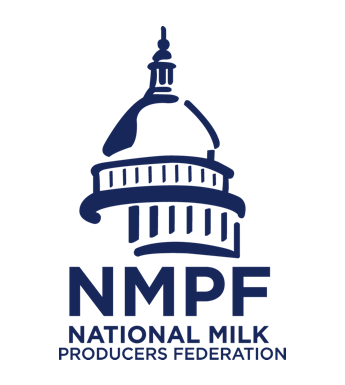
Newtrient is addressing the waste and waste-to-energy capabilities for dairy. (Note, Newtrient is a company founded by 13 top dairy cooperatives, including Select Milk, Prairie Farms, DFA which have Indiana members, that works to accelerate manure management technologies for nutrient recovery and energy production for dairy farmers, researchers and other stakeholders). More Here
Newtrient also is working with various state regulatory agencies, the EPA and the USDA to develop “environmental asset trading programs.” These programs envision voluntary lowest-cost pollution prevention efforts to be used first – and for those efforts to be paid for by companies and municipalities who struggle with the high cost of their compliance obligations. Newtrient’s mission aligns with farmers’ long-standing commitment to identify resources and solutions that further reduce dairy’s environmental footprint while also making it economically viable to do so. More Here
Image Source: Newtrient LLC
Smithfield has transformed anaerobically-digested manure into fertilizer and biogas for more than two decades. The goal of the Nutrient Recycling Challenge is to identify ways of recovering nutrients – such as nitrogen and phosphorus – from the manure managed by livestock producers to generate products that have environmental and economic benefits.
More Here
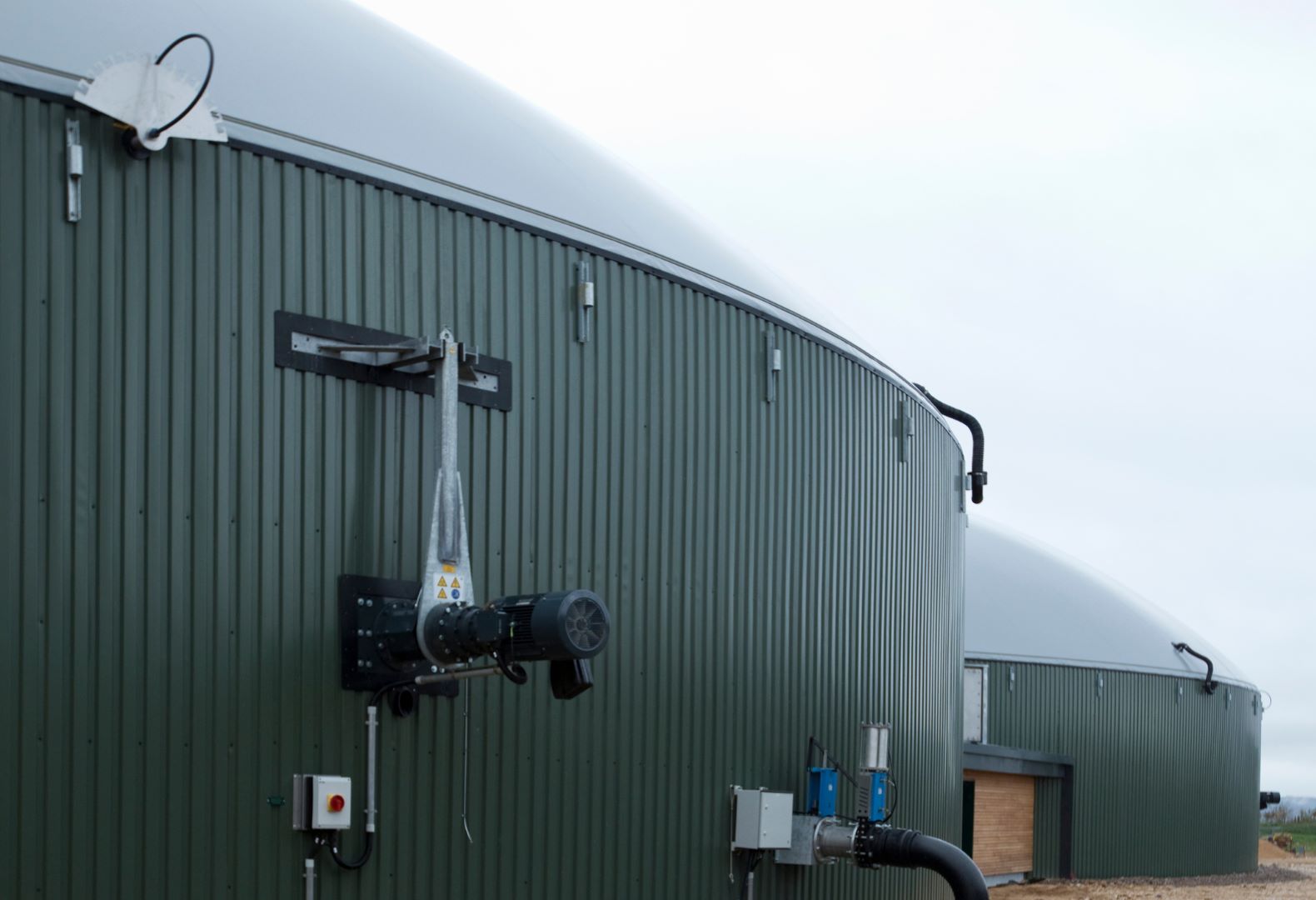
Tyson Foods is one of the leading supporters of U.S. farm families, paying more than $15 billion in fiscal 2013 alone to independent farmers who supply us with livestock and poultry.
Problem: America's largest meat producer must clean up its act and incentivize improvements in livestock feed production. Source of satellite image and More Here
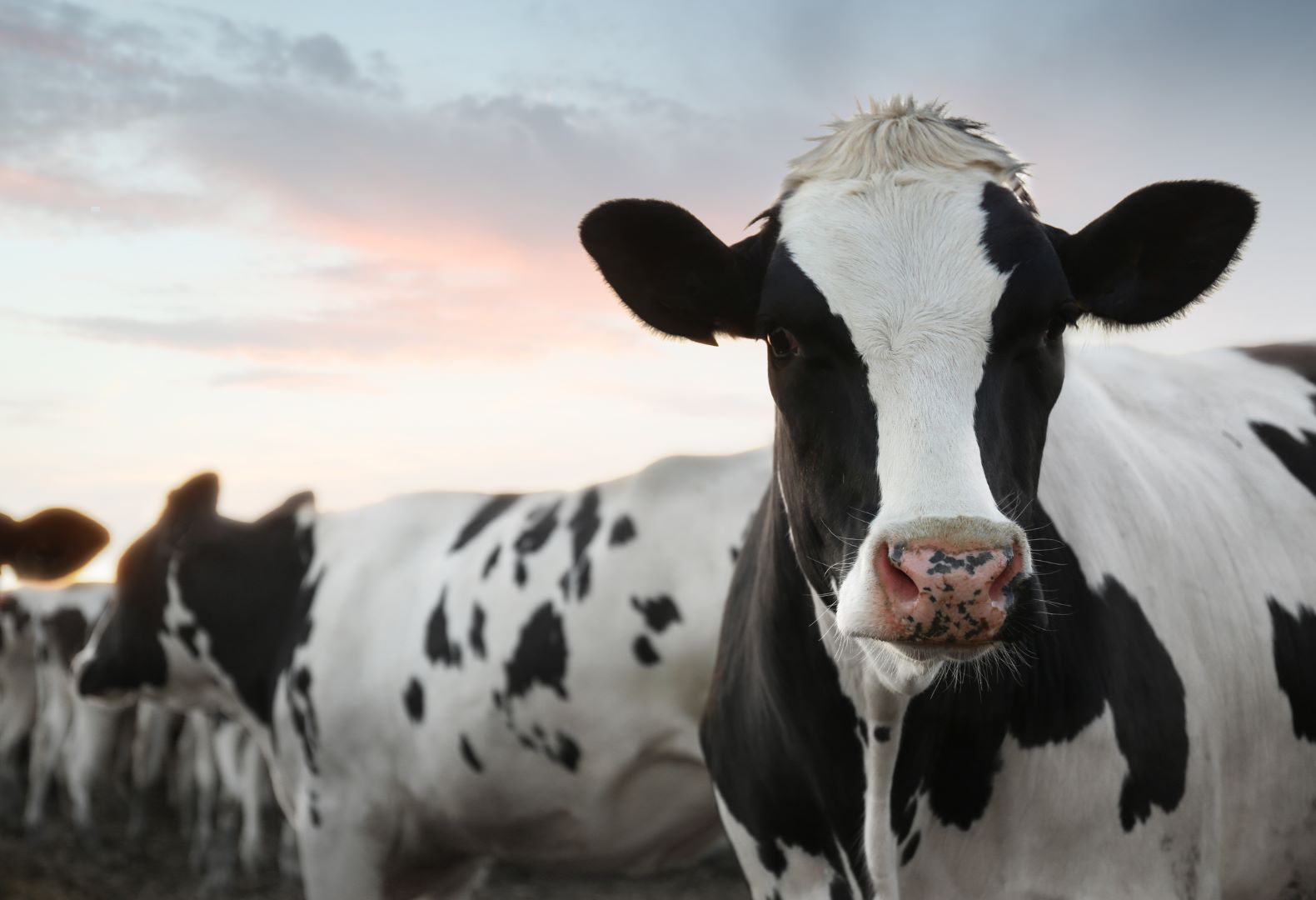
Water Environment & Reuse Foundation
World
Wildlife
Fund
U.S. Department of Agriculture
U.S. Department of Energy
U.S.
Environmental
Protection Agency
Washington State University
Iowa State
University
Marquette University
Have a site, waste stream, or project in mind?
Discuss Your Project with Our Team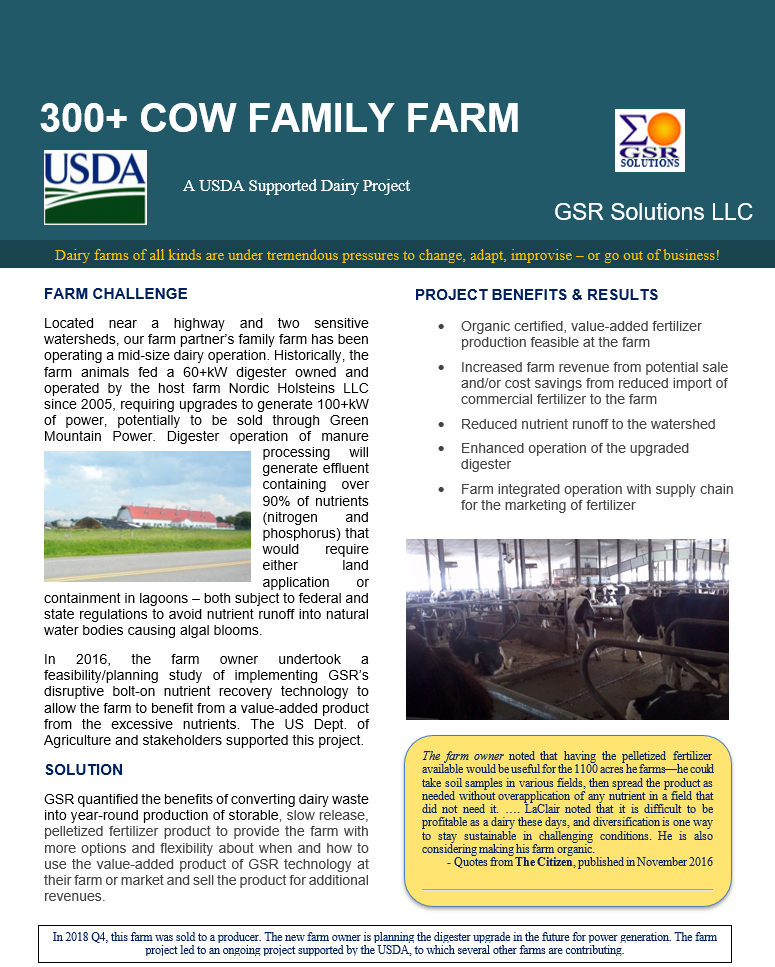

Have a site, waste stream, or project in mind?
Discuss Your Project with Our Team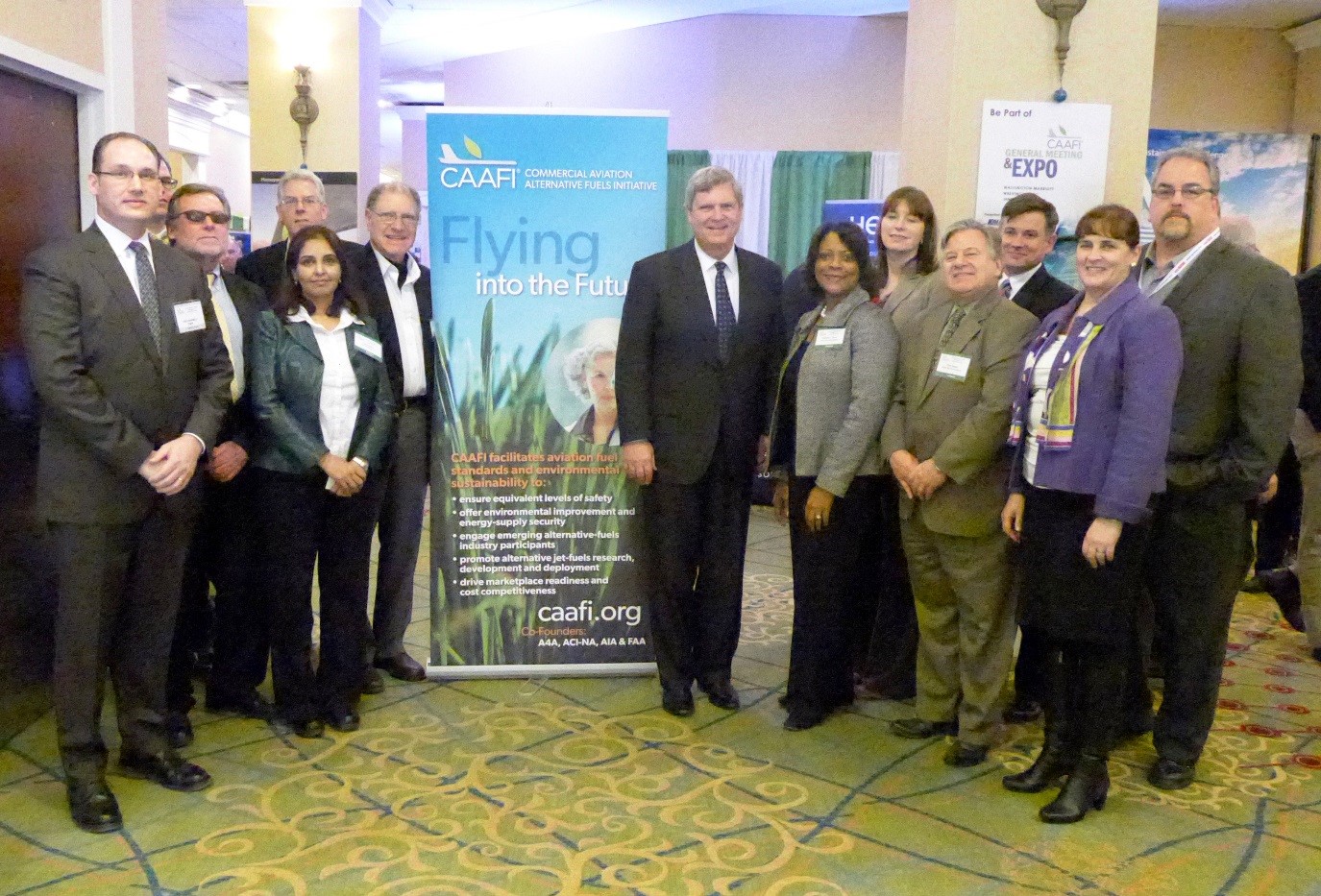
GSR's Farm-to-Fly project, ABLC, Commercial Aviation
Alternative Fuels Initiative (CAAFI) Bi-Annual Meeting
January 29, 2014, Washington DC.
Included in
photo: (Right): U.S. Secretary of Agriculture Tom Vilsack;
Vernita Dore (South Carolina, USDA); Tony Logan
(Ohio, USDA); and Vickie Walker (Oregon, USDA); (Left): Todd
Campbell, USDA (F2F2 Co-Lead); Chris Cassidy, USDA Renewable
Energy Advisor; Anju Krivov, President & CEO, GSR Solutions; and
Richard
Altman, Executive Director Emeritus, CAAFI.

“Farm to Fly 2.0” State Initiatives Making Progress 14 July 2014--The first half of 2014 was a period of significant successes on the East Coast relating to the "Farm to Fly 2.0" (F2F2) initiative, an agreement between the U.S. Department of Transportation (DOT) and the Department of Agriculture (USDA) to continue to work together to advance the use of renewable fuels in the aviation industry. Three projects in Vermont and South Carolina have received particular media attention over the last week. Projects in both states are funded by the USDA’s Rural Business Enterprise Grant (RBEG)... Read More
Have a site, waste stream, or project in mind?
Discuss Your Project with Our Team

Have a site, waste stream, or project in mind?
Discuss Your Project with Our Team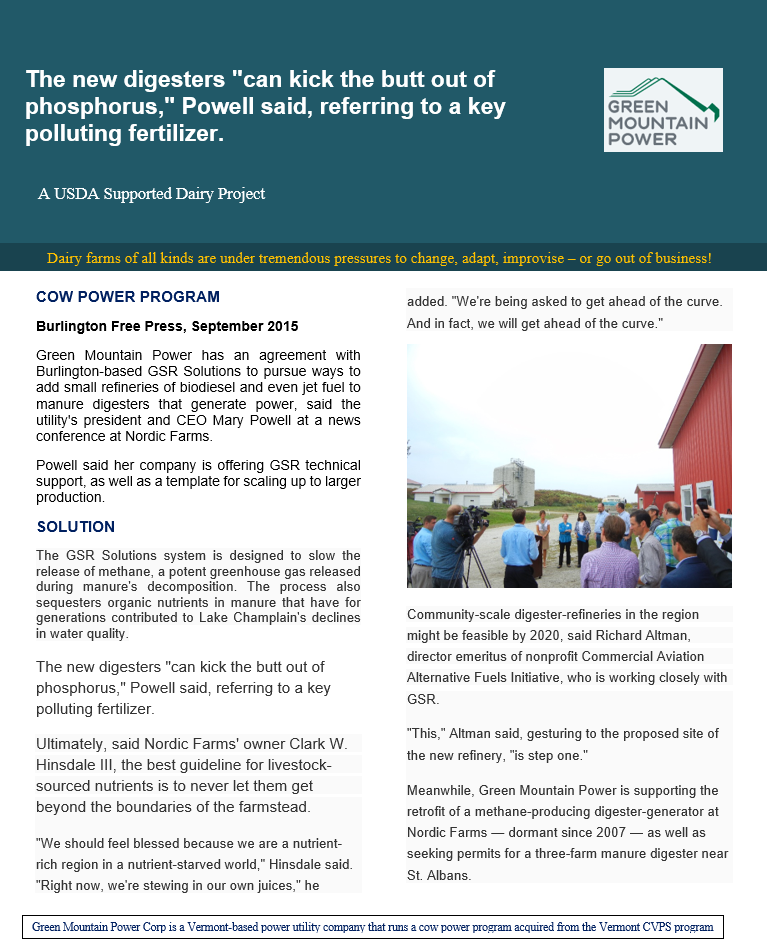
 Photo Source: Green Mountain Power
Google Map in VPR News
Photo Source: Green Mountain Power
Google Map in VPR News
